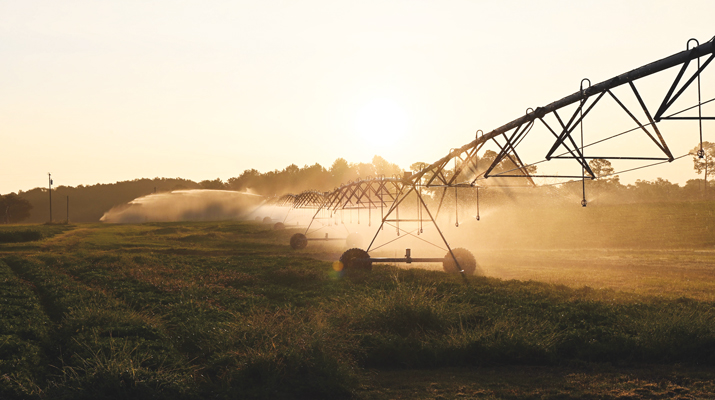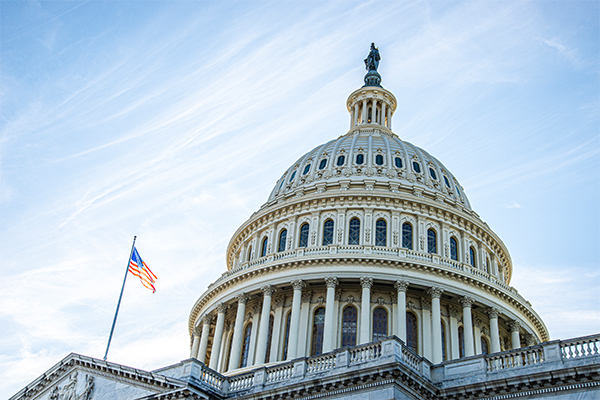Crossing the borders
Propane marketers got a glimpse into the propane markets throughout the world as part of the World LP Gas Forum. Among those highlighted were Canada and Mexico, providing U.S. marketers insight to their northern and southern neighbors.
Héctor Moreira, under-secretary for hydrocarbons for the Mexican Ministry of Energy, said fuel consumption in Mexico remains strong at 339,000 barrels per day in part because of government price controls in place since 2001.
By setting prices and limiting annual increases, the secretary of economy has been able to stabilize wild international propane prices that spiked along with record crude oil. While average residential prices across most of the United States leaped 120 percent over the last two years, price increases to Mexican consumers were kept at just 4 percent in 2006.
All that could change drastically in 2007 with the scheduled expiration of the price controls and a new president and Congress winning office in the July 2006 general election.
Moreira stated that new regulations in the propane sector attempt to enhance security in transportation, storage and distribution of propane. The government also wants to stimulate stronger competition and fairer market conditions concerning prices and customer service.
Approval of the new regulations will also lead to several other changes in the Mexican propane market, according to Moreira. For one, the growth of the mini-container market (up to 15 kg) is likely to be strong due the introduction of polycarbonate containers and more locations where propane will be sold to small consumers.
Other aspects to come about include strategic alliances with other government agencies to enforce safety in all Mexican territories; certainty for investors due to more accurate investment rules; more information to final consumers due to information programs about their rights and rules; a compulsory portable container exchange program; and opening to foreign investment of storage and transportation.
According to Moreira, the long-term strategy in Mexico is to promote legal reforms to allow foreign investment in retail propane distribution. The government wants to identify areas of opportunity for the development of private infrastructure in terminals, storage and pipelines, in coordination with local governments and product suppliers. It also wants to develop a program to extend the supply of propane to the population that still uses wood and other primary fuels for domestic consumption.
Still, they must overcome the challenges. Moreira feels the new administration needs to promote new investment in storage and transportation, ensure strong competition in all major urban centers, build new processing facilities and facilitate competition between propane and natural gas.
The residential market is the largest sector for propane sales in Mexico, accounting for 63 percent. Services are next at 13 percent, followed by automotive (12 percent), industrial (8 percent), farming (2 percent) and refining (2 percent).
Propane covers 80 percent of the residential fuel market needs in Mexico. The country has one of the three largest demand-per-capita ratios in the world for propane, with industry sales at approximately $7.2 billion per year. There are 1,243 companies in charge of delivery, storage and distribution.
Moreira said propane supply is expected to grow 3.5 percent per year, while demand increases 1.5 percent per year in the next eight years.
Oh, Canada
Ann Marie Hann, managing director of the Propane Gas Association of Canada, said the propane industry in Canada is excited about this year’s launching of PERC Canada as a key to enhancing the sluggish market north of the border.
As with their counterparts in the United States, the Canadian propane industry funds the council by remitting funds (0.035 cents per liter odorized). The checkoff program is expected to generate a $10-12 million annual budget for research, education and training initiatives.
The funding will be used in four key areas:
- Research – Adaptation of new technology for home heating, agriculture, transportation and other industries for the Canadian market, including propane engines for boats, commercial lawn mowers, fleet vehicles and transit systems; and incineration, fish farms, power generation and forestry equipment.
- Education – Adaptation of the First Responders Course used to educate and train firefighters across the United States in the safe handling of propane. The program will be used throughout Canada, with an adaptation of certain courses to e-learning.
- Public Communications – Promotion of environmental benefits of propane; development of education and safety programs for consumers.
- Reporting – Statistical review and assessment of the propane market overall; regulatory compliance issues; and impact specific to the propane automotive and agriculture markets.
Hann feels that PERC Canada, modeled after the 10-year-old Propane Education & Research Act that created PERC in the United States, will significantly impact unrealized growth potential in Canadian propane sales.
The new organization represents more than 260 members in six categories (producers, wholesalers, retailers, manufacturers, transporters and associates) and works with provincial propane associations in Ontario and Quebec.
Propane consumption accounts for less than 2 percent of Canada’s energy mix, yet the country produces 5 percent of the world propane supply. The Canadian propane supply (production plus imports) is 10.9 billion liters, with 86 percent from natural gas, 14 percent from oil and less than 1 percent from imports. Produced in all regions of Canada, 17 refineries and 475 gas plants recover propane, with about 230 distributors and 2,500 refueling stations.
Of the 10.9 billion liters, 2.5 billion are consumed in Canada and 8.5 billion (78 percent) are exported via pipeline, rail and truck. According to Purvin & Gertz, an international energy consultant firm, domestic supply and demand has been increasing in recent years, while export demand has been decreasing.
In Canada, 29 percent of propane sales go to commercial and institutional sectors. Another 29 percent goes to industrial, 12 percent to non-energy use, 9 percent to residential, 9 percent to transportation, 5 percent to producer consumption, 4 percent to agriculture and 2 percent to refinery feedstock.
Increasing domestic demand will be a primary focus for PERC Canada. Hann said the greatest opportunities for growth require the development of technology for Canada and government support for propane as an alternate, environmentally-safe choice. Research and education are required to capitalize on these opportunities, though.
In 2005, the industry’s impact on the national economy was $8.4 billion. The average annual contribution in taxes/royalties in Canada is $588 million. Propane supports the livelihood of over 20,000 Canadians in production, marketing, sales, transportation, regulation and use.
















